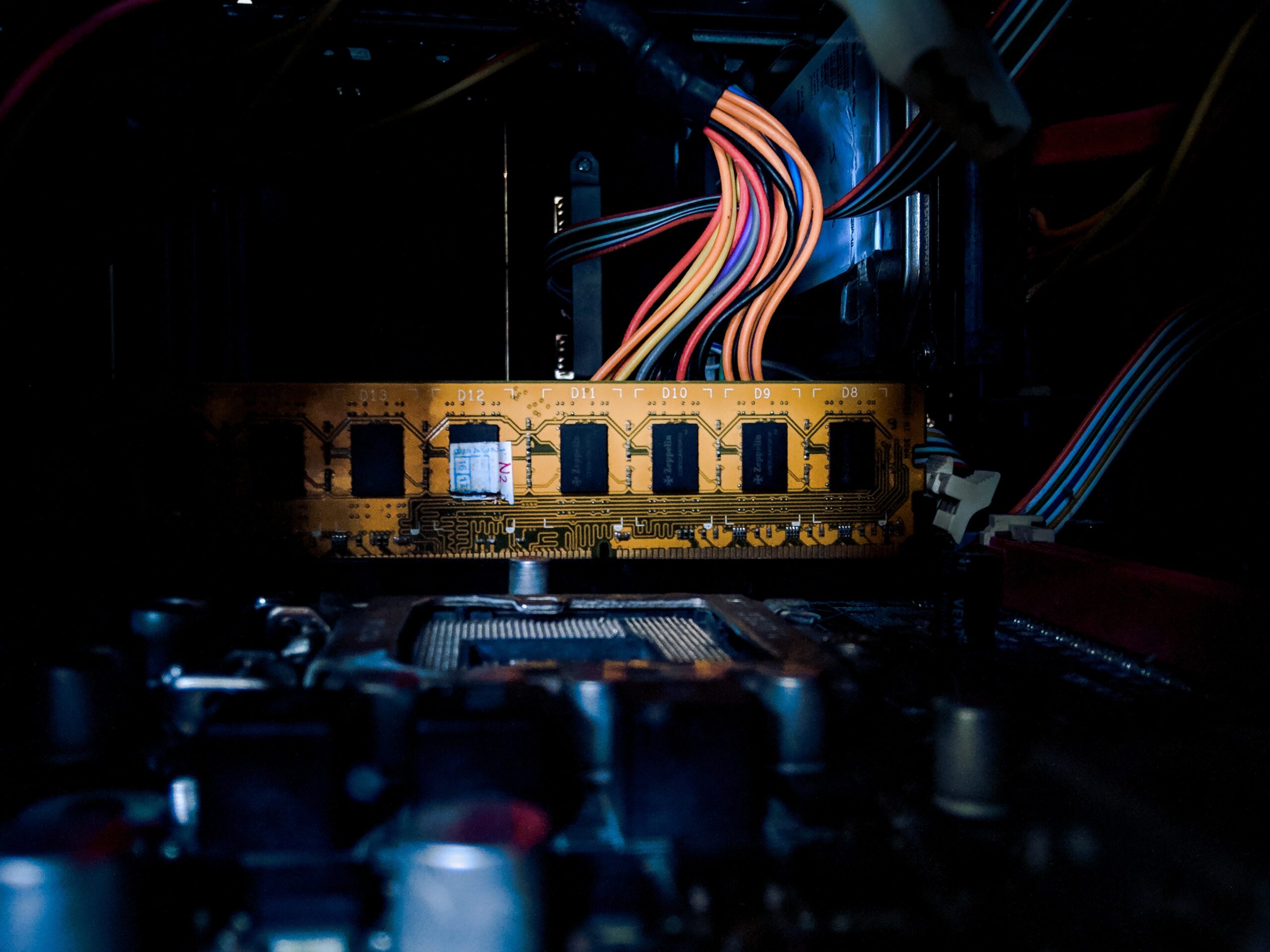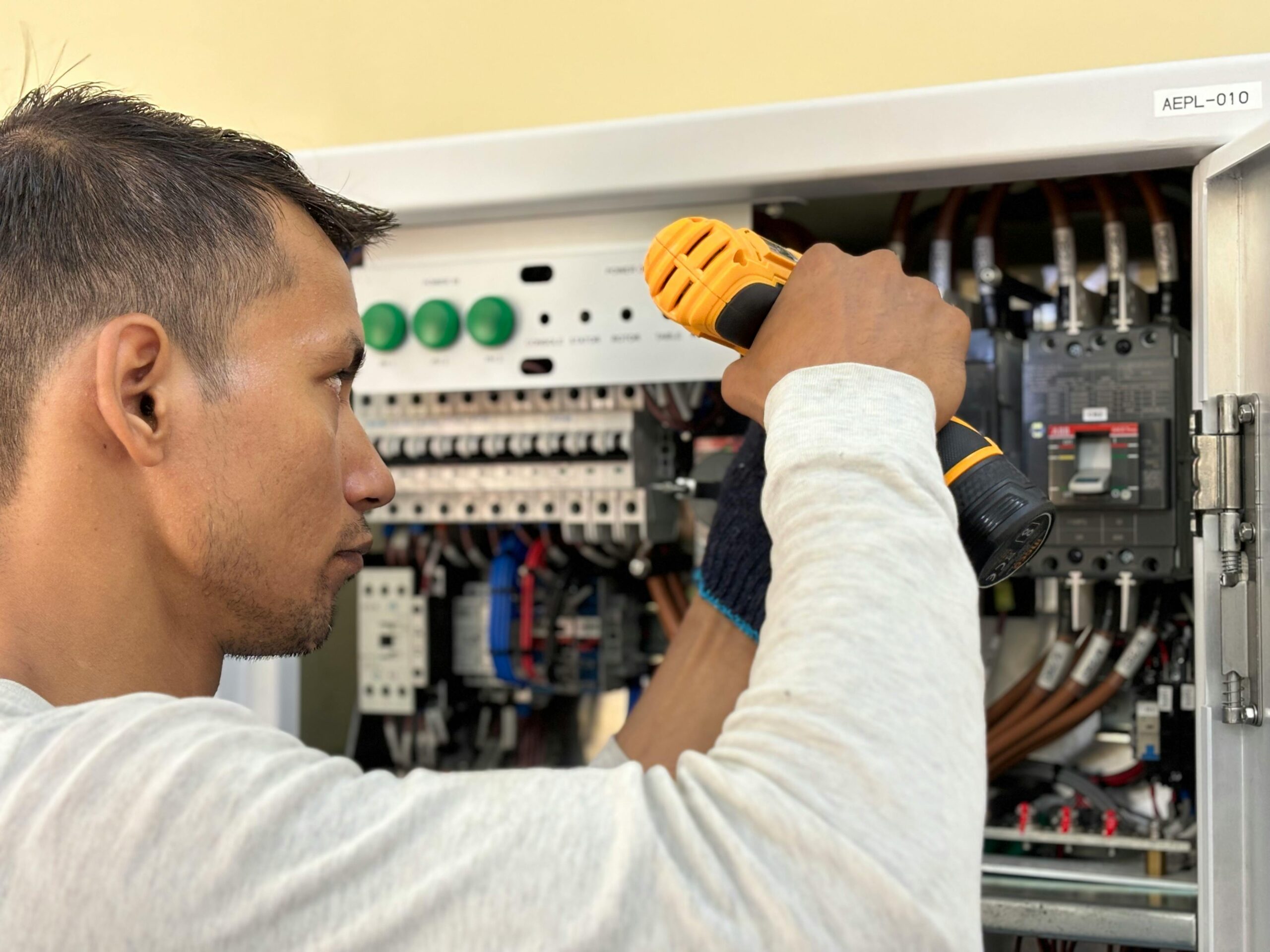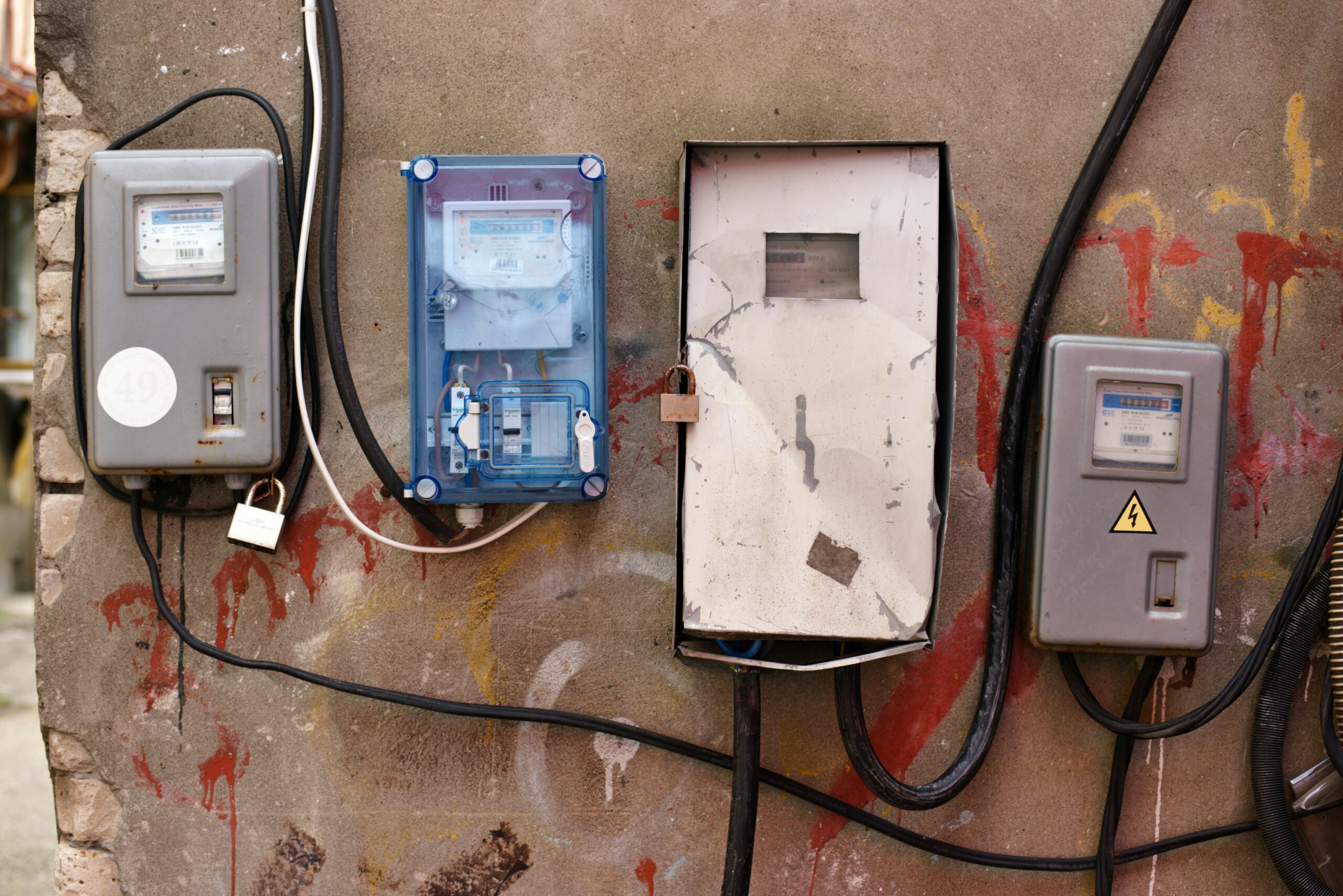An electric circuit follows an electrical current through a connected system of conductive elements such as wires and other components. This path allows energy transfer in electricity from one place to another. The importance of electric circuits lies in their ability to provide power for numerous applications, ranging from small household gadgets to large industrial factories.
Understanding what an electric circuit is key to taking full advantage of the wide world of electronics. Whether you’re a beginner just starting in electrical engineering or someone who wants to understand better how their favorite electronics work, this guide will explain the fundamentals of an electric circuit. Read on for an educational journey filled with interesting facts about electricity that help make our technological lives easier.
Types of Electric Circuits
An electric circuit is a closed loop through which electricity can flow. There are several types of electric circuits based on their configurations which include:
- Open circuits: These circuits have an incomplete path as there is a break in the circuit which interrupts the flow of electricity. The electrical charge cannot travel through, and the resulting components remain inactive.
- Closed circuits: These are complete circuits where the electrical charge can flow through a complete path. Closed circuits allow devices to function and can be used for powering electrical equipment.
- Series circuits: This type of circuit consists of components such as resistors, capacitors, or LEDs connected in an end-to-end fashion along a single path or wire. The current flows through each component one after the other. If one component fails, the rest of the circuit will not work.
- Parallel circuits: In parallel circuits, the components are arranged in parallel branches that are connected across the same voltage supply, with each branch providing a separate path for the current to flow. If one branch fails, the other branches will continue to work.
Components of an Electric Circuit
An electric circuit consists of several components that are necessary for the flow of electric current. These components include:
Power source: A power source is a component that generates electricity in the circuit. It can be a battery, solar cell, generator, or power supply.
Conductors: Conductors are materials that allow current to flow through them quickly. Copper wires are commonly used conductors in electric circuits.
Switches: A switch is a device that allows us to turn a circuit on or off. A switch is usually placed in series with other components of a circuit.
Resistors: A resistor is a component of an electric circuit that resists the flow of electric current. It is used to control the amount of current in a circuit.
Capacitors: A capacitor is a component that stores electrical energy in an electric field. It is used to regulate voltage in a circuit.
Diodes: A diode is a semiconductor device that only allows current to flow in one direction. It is used to protect other components in a circuit from voltage fluctuations.
Other components in an electric circuit include transformers, inductors, fuses, transistors, and integrated circuits. All of these components work together to create a complete and functional electric circuit.
How Electric Circuits Work
Electric circuits are essential for transferring electrical energy to power appliances, systems, and other devices in our daily lives. The flow of electricity is regulated by the principles of electric current, voltage, Kirchhoff’s laws, and Ohm’s law. Electric current refers to the movement of electrons through a conductor like a wire to create an electric field. Voltage is the electrical potential energy that causes an electric current to flow and can be measured in volts.
Kirchhoff’s laws define how current divides within a circuit and the conservation of energy within an electric circuit, while Ohm’s law describes how voltage, current, and resistance are related. Understanding these fundamental principles provides insight into how electricity works and how it can be used safely.
Circuit Analysis Techniques
Circuit Analysis techniques provide powerful tools for understanding the behavior of electrical networks. For example, Nodal and Mesh’s analysis is used to find voltage and current values throughout a circuit in terms of given sources. In addition, the Superposition theorem allows for solving circuits by breaking them down into multiple independent sources, where each source is solved independently before being combined.
Thevenin’s and Norton’s theorem reduces complex circuits into simpler equivalent circuits that can be used for analysis or design. These techniques are essential when analyzing, designing, and troubleshooting electrical circuits.
Designing Electric Circuits
Essential factors to consider when designing an electric circuit include the type of power supply required, the current load requirements of components, the wiring layout and materials used, and any potential safety risks. Choosing the right components is essential; they should be compatible with each other and the power supply. Circuit simulation software can help to verify circuit design and its performance, allowing for testing before building a physical prototype.
Finally, prototyping helps to test the functionality of an electric circuit in real time, allowing for troubleshooting any issues that may arise before a final product is produced. Designing an electric circuit can be a successful and rewarding endeavor with careful consideration and preparation.
Applications of Electric Circuits
Electric circuits have many applications in our daily lives. Some of the most common applications of electric circuits include:
- Electronics: Electronic devices such as smartphones, computers, televisions, and radios have revolutionized how we interact with one another thanks to electric circuits. These remarkable networks enable us to transmit data efficiently – from streaming videos on our phones to sending emails across countries in seconds.
- Power transmission and distribution: Transport electricity from power plants to homes and businesses. In these networks, circuits help regulate the voltage and current of the electricity, ensuring a safe and reliable supply.
- Lighting systems: Electric circuits transform electrical energy into light energy, providing illumination for homes, offices, and other buildings via lighting systems.
- Electric motors and generators: Electrical circuits allow motors and generators to use electrical energy for the power behind appliances like elevators, refrigerators, and air conditioning units. This conversion of electric currents into mechanical forces drives these devices forward – keeping us all cool in the summer heat.
Safety Considerations
Safety Considerations are essential to working with electric components and should be noticed. Electrical shock hazards can occur if the user touches an energized component or circuit, and fire hazards may arise from overloads on the power lines. Proper handling of these components is essential to protect against such dangers, including proper grounding techniques, use of insulated tools, and avoiding contact with exposed metal or electrical wiring.
Disposal of electrical components must also be done cautiously, as improper disposal can lead to environmental contamination from toxic materials and hazardous waste. Adherence to all safety protocols is vital to ensure the user’s safety and minimize any potential risk.
Future of Electric Circuits
The future of electric circuits is very promising, with technology advancing in leaps and bounds. Advancements in circuit design are enabling greater efficiency and smaller sizes, making them even more applicable to various applications. In addition, green technology is leading the way in sustainable circuits, allowing for the use of renewable energy sources without sacrificing performance.
Emerging applications such as autonomous vehicles and smart homes further expand the field of electric circuits’ potential uses. It’s an exciting time for circuit designers as new opportunities arise to create innovative solutions that can make a lasting impact on our lives. With the right resources and dedication, electric circuits will surely be an integral part of our future.
Conclusion
An electric circuit is a complex system that requires attention to detail. Therefore, it’s essential to understand the basics of how it works and how to implement it safely. With the proper knowledge, circuits can be applied in many useful ways. Smith & Jones Electric can assist you in getting your circuits up and running in no time! Let their experienced electricians guide you through the process of installing electrical systems safely into any home or business. Don’t take chances when dealing with electricity; talk to an experienced professional today.
We help companies refine their messaging, hone in their sales process, and grow their pipeline – all with a new website.




